Facilites
Propulsion System Testing
Rothney Advanced Propulsion Technology Research (RAPTOR) Lab
The RAPTOR Lab is a remote test facility that is used for ground testing rocket and air-breathing propulsion systems. Constructed from a shipping container, the facility is equipped with remote camera, flow control, and data acquisition systems that are operated from a control room in a separate building ensuring the safety of all personnel. The RAPTOR Lab has successfully tested hybrid rocket engines which produce over 4.4 kN of static thrust and a novel ejector-ramjet engine. The facility is setup to test with gaseous hydrocarbon fuels and oxidizers including nitrous oxide and liquid oxygen.
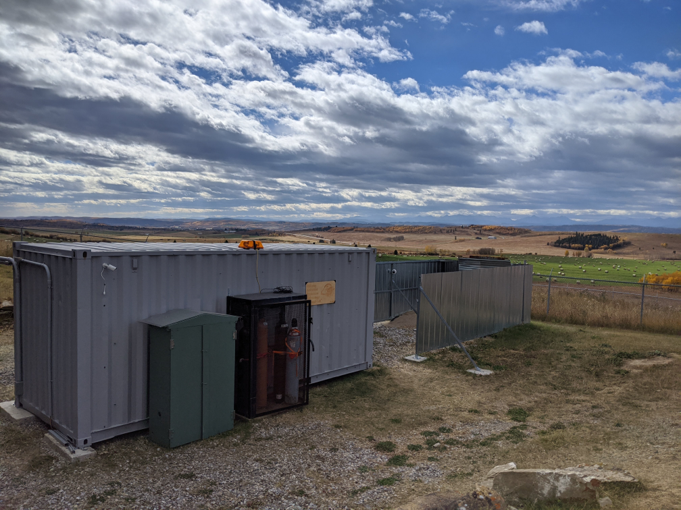



Hybrid Rocket Slab Burner
An optically accessible, lab scale, hybrid rocket slab burner has been designed to measure regression rates of hybrid rocket fuel grains. gaseous oxygen flows through a flow conditioner to ensure the flow is fully developed and then over a prepared sample of solid fuel.
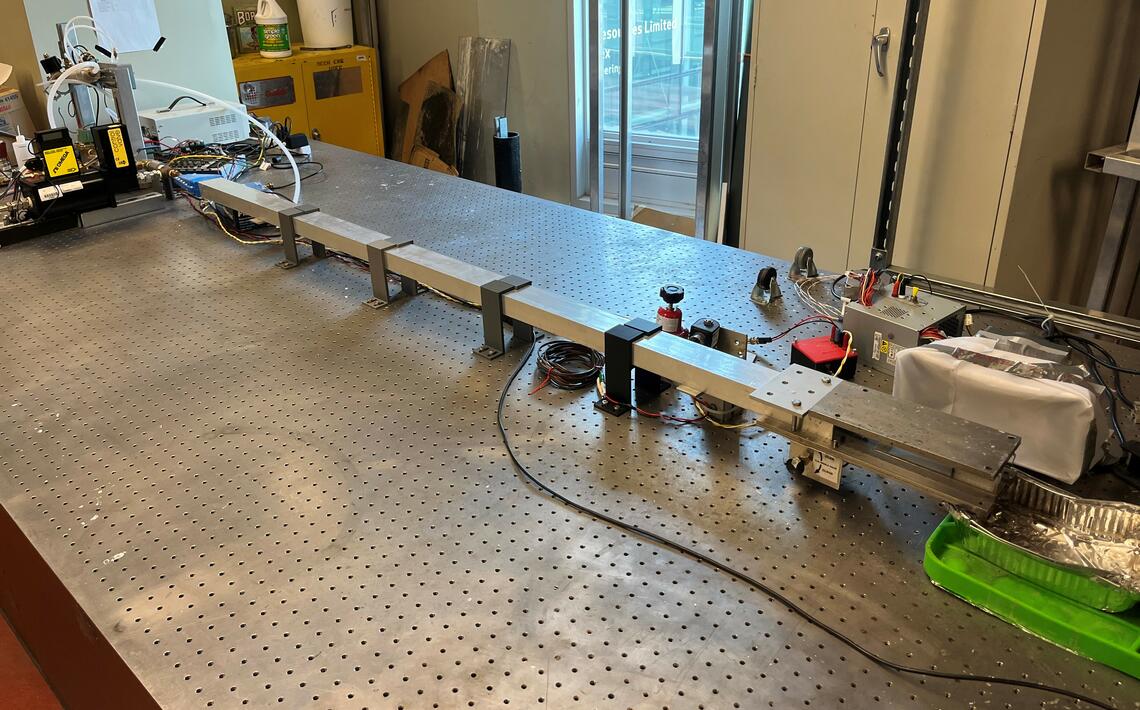

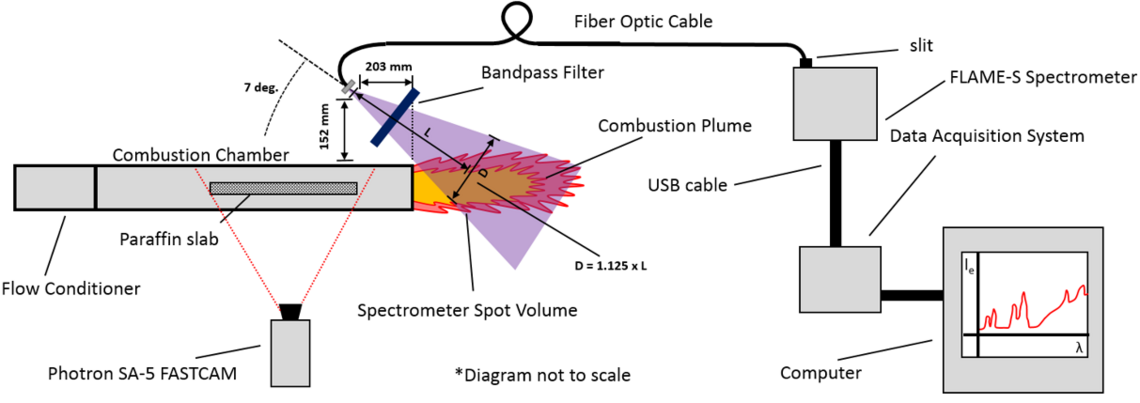
Ejector Experiments
An ejector is a simple, no-moving parts, fluid pump. A high speed jet entrains and transfers it's energy/momentum to a secondary fluid within a mixing chamber resulting in a mixed flow of intermediate pressure and velocity. The AERO-CORE group has studied ejectors for the application of modifying a ramjet intake to produce thrust at rest. Experiments have focused on investigating methods of increasing ejector performance and have looked into varying area ratios, primary nozzle position, effects of back pressure, etc.
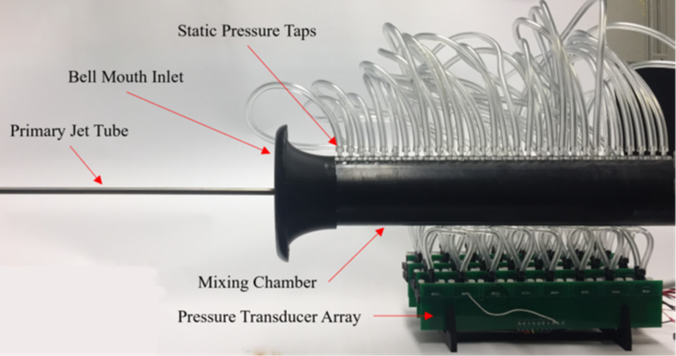

Flight Testing
The AEROCORE group has equipment and access to facilities to flight test rockets and uncrewed aerial vehicles. Flight testing is used for validation of new aircraft designs, numerial and CFD models, and control systems.



Shock Tubes and Shock Tunnels
The AERO-CORE Lab is equipped with three shock tubes, an expansion chamber, and a vacuum chamber for studying explosions, combustion behind shock waves, rapid expansion events, and high-speed flows. A shock tunnel facility capable of producing short-duration supersonic flows has been built and tested by combining two of the shock tubes to a large vacuum chamber. A list of equipment and their corresponding dimensions are listed below:
1. Shock tube - 4.79 m Driver section with a 5.08 cm circular cross-section, 2.84 m driven section with a rectangular cross-section of 3.81 cm x 5.08 cm
2. Shock tube - 2.08 m driver and driven sections with an 8.8 cm circular cross-section
3. High aspect ratio optically accessible shock tube- consisting of four 68 cm long modular sections with a rectangular cross-section of 2.54 cm x 15.24 cm
4. Optically accessible expansion chamber - rated to 100 bar, 27.9 cm long with a rectangular cross-section of 2.54 cm x 5.08 cm
5. Vacuum chamber with an internal volume of 2.27 m3
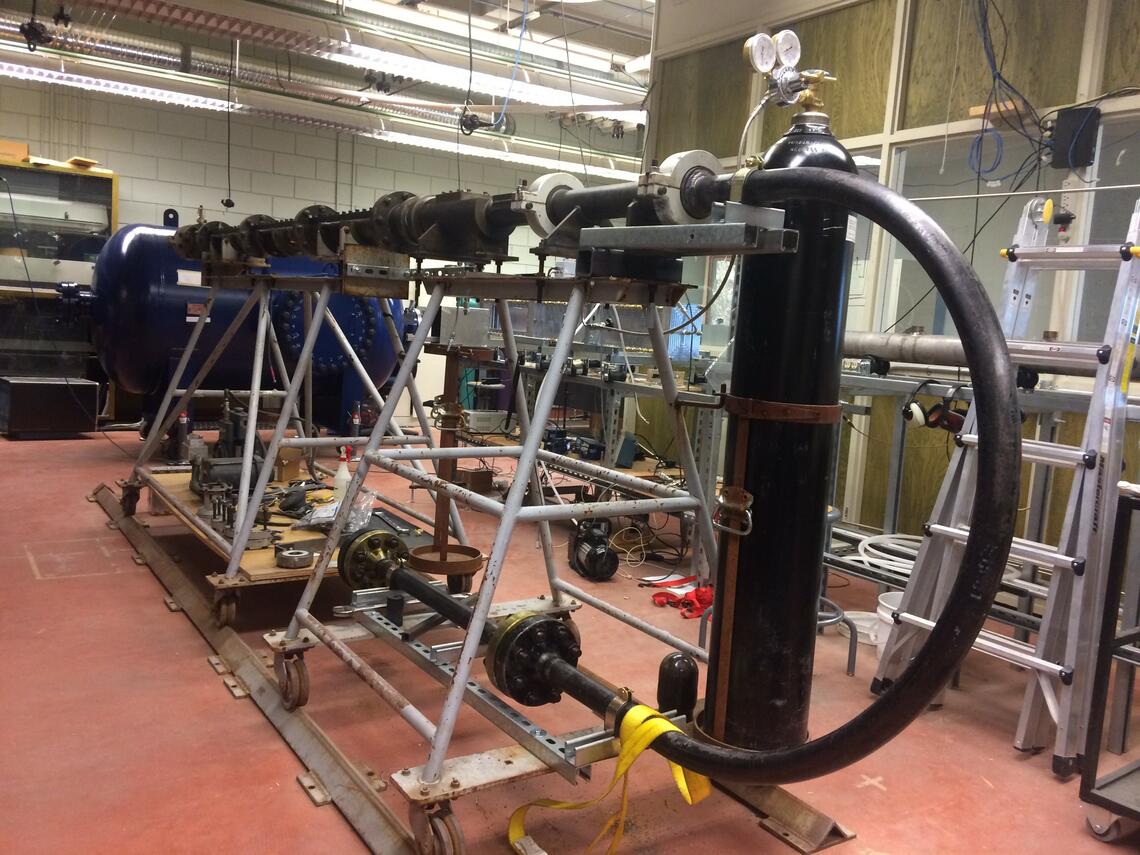

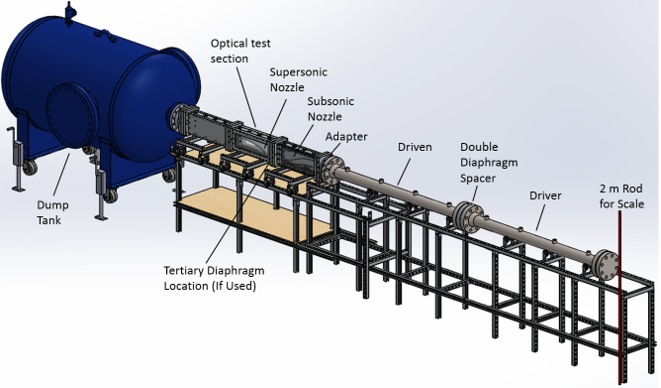
Non-intrusive Optical Diagnostics
Shlieren and Shadowgraphy
Shlieren and shadowgraphy are used to visualize density gradients in fluid flows. These techniques have been used by the AERO-CORE group to visualize shock and expansion waves in supersonic flows, ejectors, shock tubes, shock tunnels, and expansion chambers.

Particle Image Velocimetry (PIV)
Particle image velocimetry uses a laser to iluminate suspended droplets in a flow. A series of precisely timed photographs taken with a high speed camera are post processed to visualize flow and mixing structures within a fluid flow.
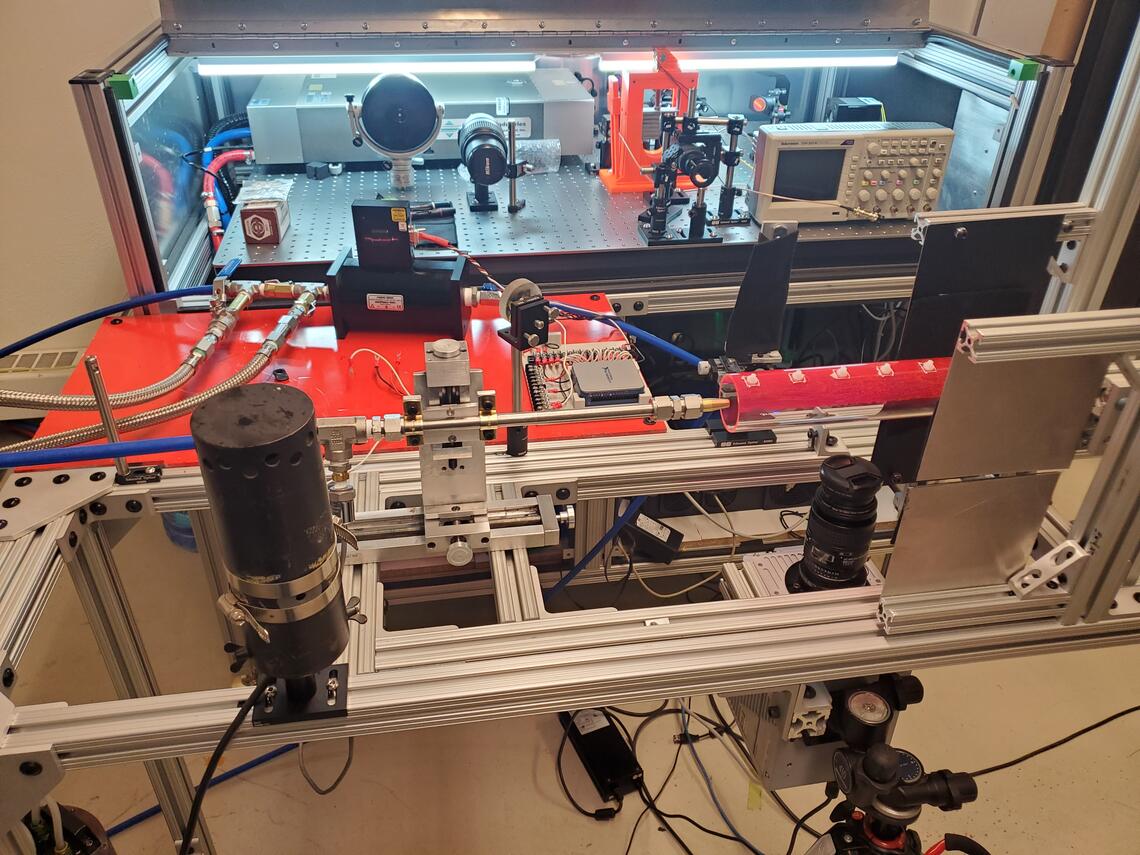
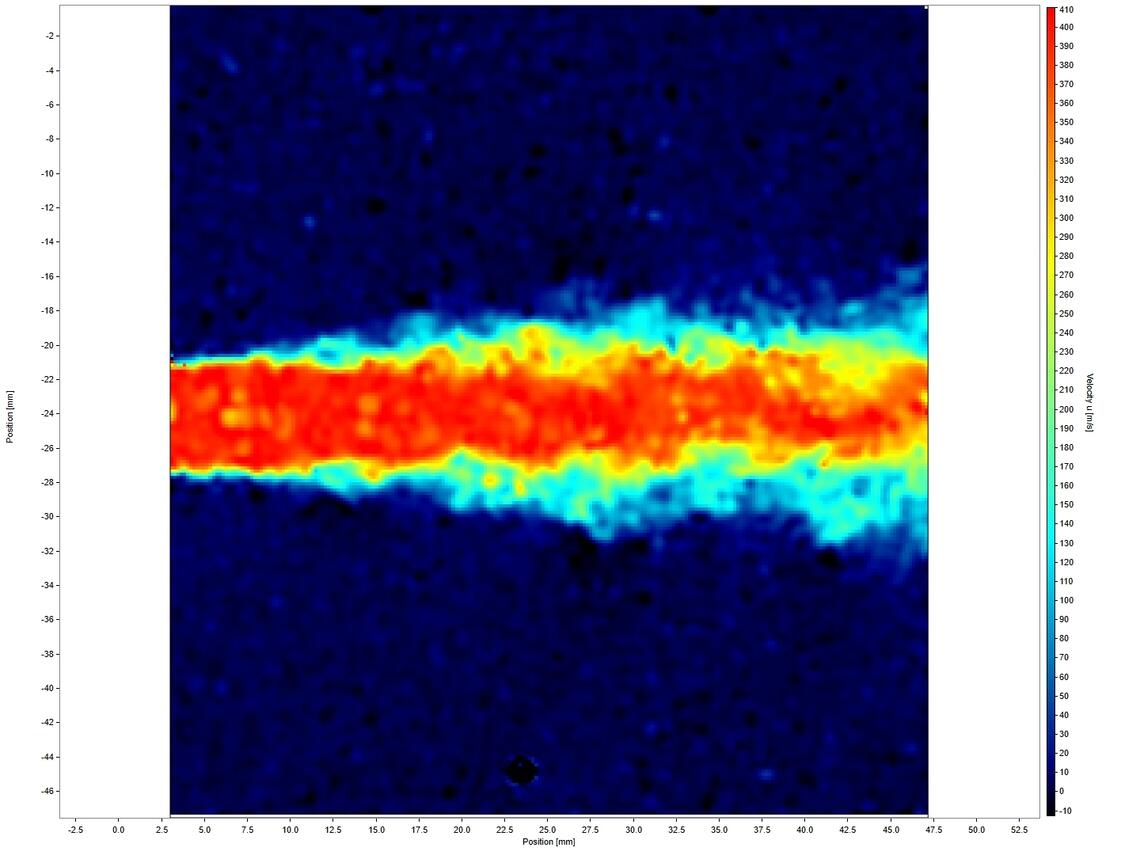
In-house Manufacturing
In-house manufacturing capabilities including a metal lathe, CNC mill, CNC router, and 3D printers are used to quickly bring ideas from concept to experimentation and prototype.
